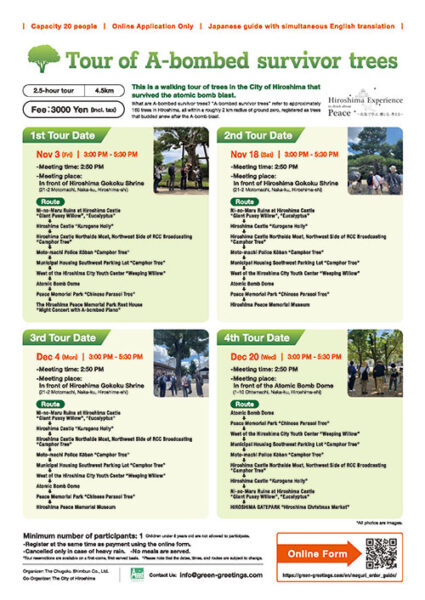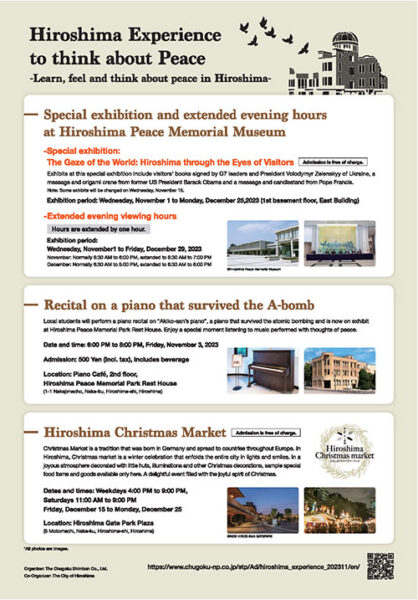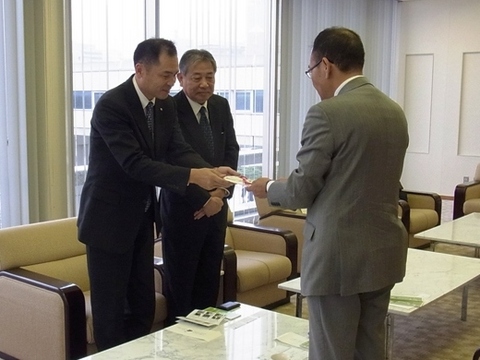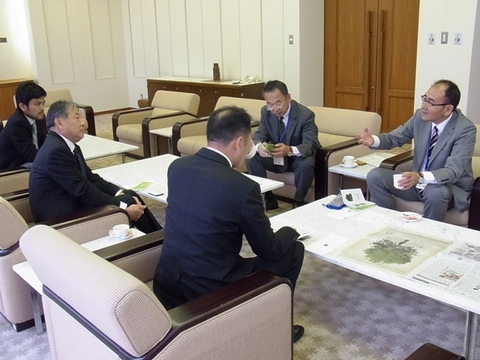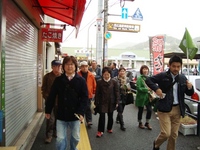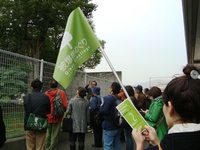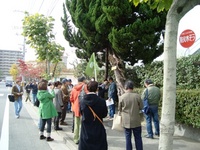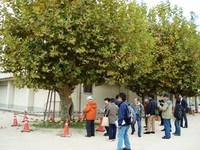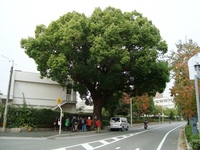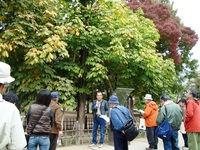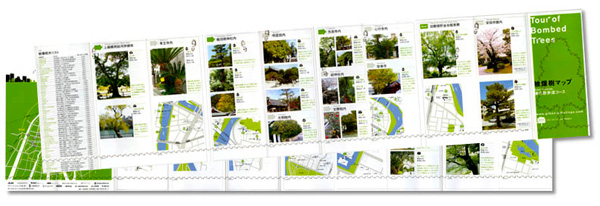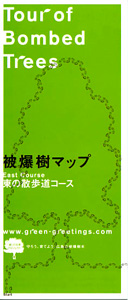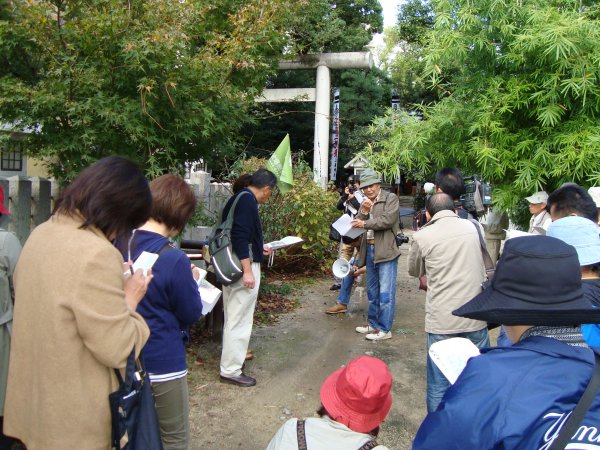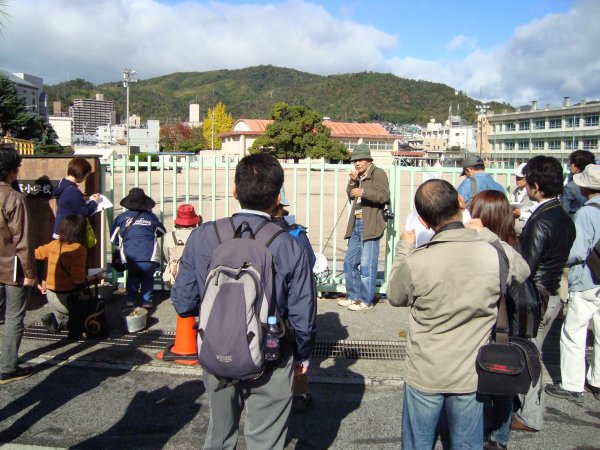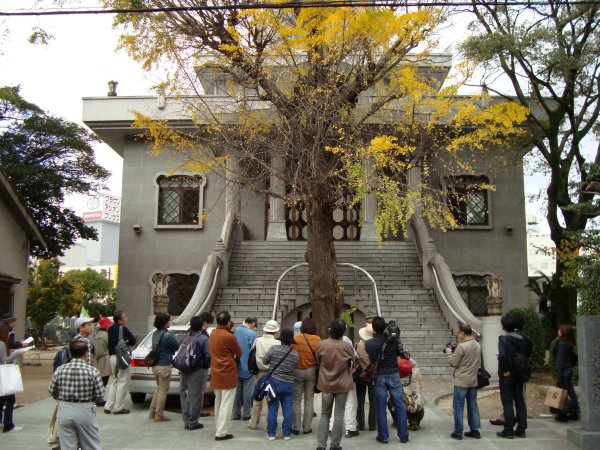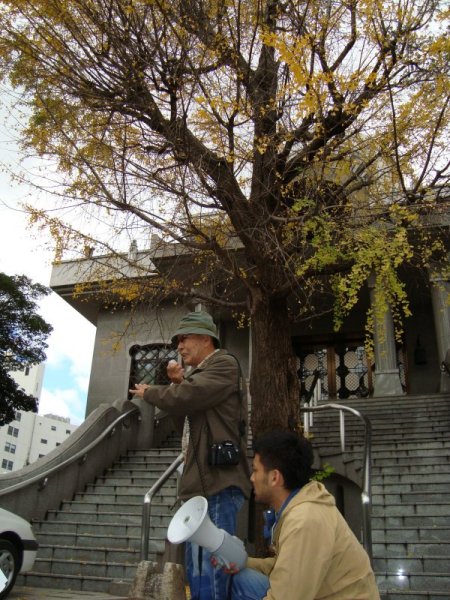A tour of A-bombed trees will be conducted this year, too, guided by Mr. Chikara Horiguchi, from the north gate of JR Yokogawa Station to Peace Memorial Park, visiting eight locations in three hours.
Date and hour: 9:45 a.m. to 1:00 p.m., Saturday, November 14, 2009
Date and hour: 9:45 a.m. to 1:00 p.m., Saturday, November 14, 2009
■Course:
Koryuji Temple (camphor tree)
↓
Misasa Shrine (camphor tree)
↓
Hiroshima Betsuin (Japanese fern palm)
↓
Hosenbo Temple (gingko tree)
↓
Zenshoji Temple (crape myrtle)
↓
Hiroshima Children’s Museum (weeping willow)
↓
he river bank near the Hiroshima Youth Center (weeping willow)
↓
Peace Memorial Park (Chinese parasol tree)
Maximum number of participants: 30
How to apply: Call the International Peace Promotion Department of the City of Hiroshima at 082-242-7831 by Friday, November 6. Details will be informed later.
– Please tell us your name, address and contact information. In case of a group, the representative’s name, address and contact information.
– Your personal information will be shared with Chugoku Hakuhodo, the organizer of this tour, but it will be used for the purpose of this tour only.
For further information, please call Ms. Imada, Chugoku Hakuhodo, at 082-248-0420.
